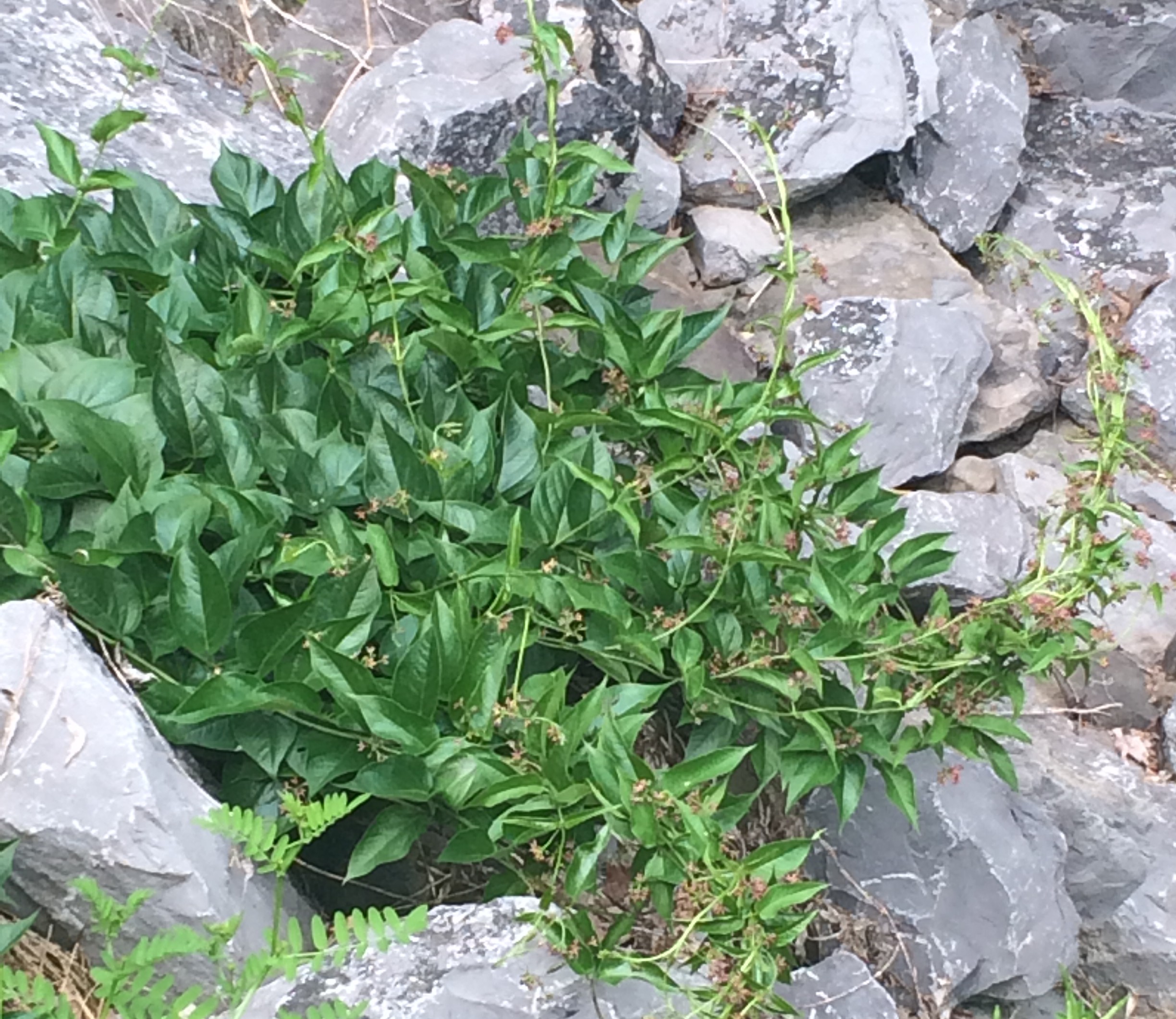Scientists have just concluded a six-year study of potential controls for pale swallow-wort and black swallow-wort (Vincetoxicum spp.) – two perennial vines native to Europe that are invading habitats in northeastern North America.
To date, broad-spectrum herbicides have proved to be the most effective tool for managing the swallow-worts. Many land managers, though, are concerned about the expense of herbicide treatments and the potential impact on native plant species in the areas being treated.
Researchers from Cornell University and the USDA Agricultural Research Service set out to determine whether defoliating swallow-wort vines or mowing them would impact the growth, reproduction and survival of mature plants.
Researchers knew a long-term study would be needed to better predict results for a perennial plant like swallow-wort. Their field experiments on the Cornell University campus documented six seasons of treatments of varying intensity.
They artificially defoliated swallow-wort vines by 50 percent or 100 percent once or twice a year to simulate the impact of a leaf-feeding biological control agent. They also clipped vines once, twice or four times a year to simulate mowing.
In an article featured in the most recent edition of the journal Invasive Plant Science and Management, researchers say none of the swallow-wort plants died as a result of defoliation or clipping, even at maximum treatment levels. Black swallow-wort produced more above-ground biomass, while pale swallow-wort produced more root biomass and root crown buds, compared to the other species. Clipping four times per season did eliminate swallow-wort seed, but it didn’t destroy mature plants. Plants receiving other damage treatments continued to produce seed and increase in size.

Pale swallow-wort, Vincetoxicum rossicum

